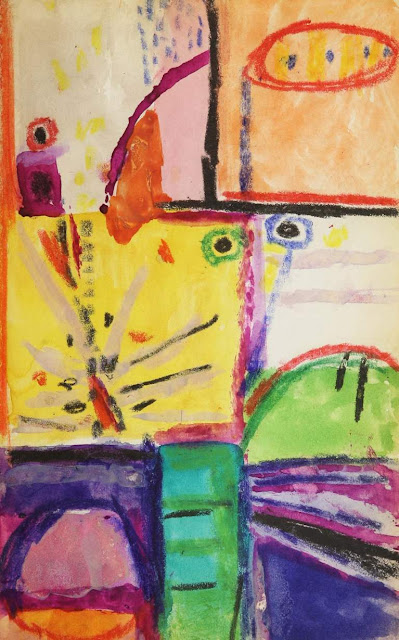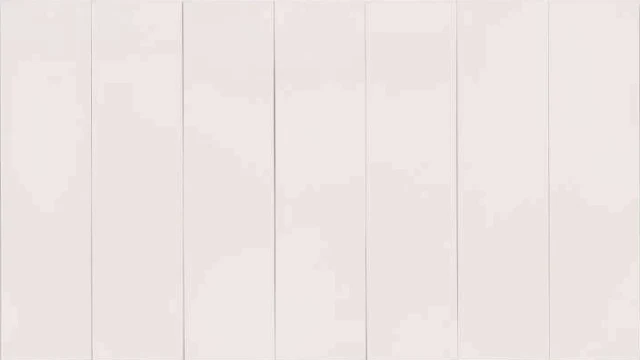Robert Rauschenberg was a visionary artist who played a pivotal role in the development of Neo-Dada, an art movement that bridged the gap between Abstract Expressionism and Pop Art. His groundbreaking "Combine" paintings revolutionized the art world by integrating non-traditional materials and everyday objects into hybrid works that defied conventional categorization. These Combines were neither purely paintings nor sculptures, but rather a fusion of both, challenging the boundaries of art and life. This post explores Rauschenberg's artistic journey, the defining characteristics of his Combines, and the enduring impact of his contributions to contemporary art.
Early Life and Artistic Formation
Born Milton Ernest Rauschenberg in 1925 in Port Arthur, Texas, Rauschenberg's early life was far removed from the art world. He briefly attended the University of Texas to study pharmacology before being drafted into the Navy during World War II. After the war, he attended the Kansas City Art Institute, the Académie Julian in Paris, and the Black Mountain College in North Carolina, where he studied under influential artists like Josef Albers and John Cage. These experiences exposed him to a wide range of artistic philosophies and practices, shaping his innovative approach to art.
Rauschenberg's early works were influenced by Abstract Expressionism, but he soon became disillusioned with its emphasis on personal expression and sought to create art that was more connected to the world around him. This shift in focus led him to explore new materials and techniques, laying the groundwork for his Combines.
The Birth of the Combines
In the mid-1950s, Rauschenberg began creating his Combines, which would become his signature works. The Combines are characterized by their integration of found objects and materials into painted canvases, creating three-dimensional works that blur the line between painting and sculpture. Rauschenberg scavenged materials from the streets of New York City, incorporating everything from newspapers, photographs, and fabric to furniture, taxidermy animals, and even automobile parts into his art.
One of the most iconic examples of a Combine is "Monogram" (1955-59), a work that features a taxidermy goat encircled by a tire, standing on a collage-covered platform. This piece exemplifies Rauschenberg's ability to juxtapose disparate elements in a way that creates new, unexpected meanings. The goat, with its expression of wide-eyed curiosity, becomes a surreal and thought-provoking centerpiece that draws the viewer into a complex narrative woven from everyday objects.
The Integration of Art and Life
Rauschenberg's Combines reflect his belief in the integration of art and life. He rejected the notion of art as an isolated, sacred activity, instead embracing the messiness and unpredictability of the real world. This philosophy is evident in works like "Bed" (1955), where Rauschenberg draped a quilt and pillow over a vertically hung canvas, splattering it with paint in a manner reminiscent of Abstract Expressionist techniques. The use of a bed—a personal, intimate object—invites viewers to consider the intersection of the mundane and the artistic, the private and the public.
In "Canyon" (1959), Rauschenberg incorporated a stuffed bald eagle into a collage of photographs, fabric, and other materials. The eagle, a symbol of American identity and power, is juxtaposed with seemingly random elements, creating a work that is both patriotic and subversive. By incorporating such a potent symbol into a chaotic assemblage, Rauschenberg challenges viewers to rethink their assumptions about national identity and the role of art in society.
The Influence of Dada and Surrealism
Rauschenberg's Combines were deeply influenced by the Dada and Surrealist movements, which championed the use of found objects and the subversion of traditional artistic conventions. Dadaists like Marcel Duchamp had earlier introduced the concept of the "readymade," where everyday objects were presented as art, challenging the boundaries between art and life. Rauschenberg took this idea further by combining multiple readymade objects into complex, layered compositions that defied easy interpretation.
Surrealism also played a role in Rauschenberg's work, particularly in his use of unexpected juxtapositions and dreamlike imagery. The Combines often evoke a sense of the uncanny, where familiar objects are placed in unfamiliar contexts, creating a sense of disorientation and wonder. This Surrealist influence can be seen in works like "Odalisk" (1955-58), a totemic structure combining elements of painting, sculpture, and collage with erotic and humorous overtones.
Legacy and Impact
Robert Rauschenberg's Combines had a profound impact on the art world, paving the way for future generations of artists to explore new materials, techniques, and conceptual approaches. His work anticipated many of the developments in contemporary art, including Pop Art, Assemblage, and Installation Art. By breaking down the barriers between different artistic disciplines, Rauschenberg opened up new possibilities for creative expression.
Rauschenberg's influence can be seen in the works of artists like Jasper Johns, who incorporated similar techniques of collage and assemblage into his paintings, and Andy Warhol, whose use of everyday objects and commercial imagery owes much to Rauschenberg's pioneering efforts. Contemporary artists like Damien Hirst and Jeff Koons also draw on Rauschenberg's legacy, using found objects and provocative juxtapositions to challenge viewers' perceptions and expectations.
In addition to his influence on other artists, Rauschenberg's work has had a lasting impact on the way we think about art itself. His Combines invite us to reconsider the boundaries between art and everyday life, encouraging us to see beauty and meaning in the ordinary objects that surround us. By blurring the lines between different artistic mediums, Rauschenberg expanded the definition of what art could be, making it more inclusive and democratic.
Reflecting on Rauschenberg’s Artistic Journey
Robert Rauschenberg’s art invites us to explore the intersections between the ordinary and the extraordinary, the mundane and the profound. His Combines, with their intricate layering of materials and objects, challenge us to look beyond surface appearances and to find deeper meanings in the world around us. Rauschenberg's work is a testament to the power of creativity to transform the everyday into the extraordinary, to reveal the hidden connections between disparate elements, and to inspire new ways of seeing and thinking.
Rauschenberg's legacy is one of innovation, experimentation, and a relentless curiosity about the world. His work serves as a reminder of the endless possibilities of artistic expression and the importance of breaking down barriers between different forms of creativity. By embracing the unpredictability and messiness of life, Rauschenberg created a body of work that is both deeply personal and universally resonant.
As we reflect on Robert Rauschenberg’s contributions to Neo-Dada and contemporary art, we are reminded of the transformative power of art to challenge our perceptions, to provoke thought and dialogue, and to connect us with the world in new and meaningful ways. Rauschenberg’s Combines continue to inspire and challenge us, demonstrating the enduring relevance of his vision and the limitless potential of creative expression.
In conclusion, Robert Rauschenberg’s Combines stand as a testament to the power of art to transcend traditional boundaries and to engage with the complexities of the human experience. His integration of non-traditional materials and objects into hybrid works of art redefined the possibilities of artistic expression and left a lasting impact on the art world. Through his innovative approach and fearless experimentation, Rauschenberg invites us to see the world—and art—in new and transformative ways.





.jpg)







No comments:
Post a Comment